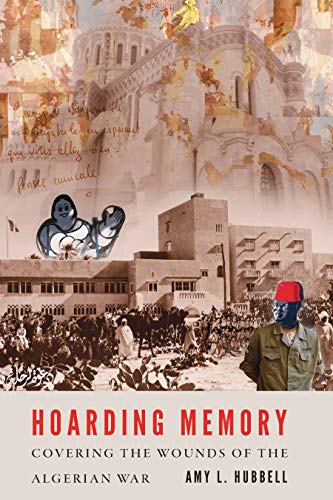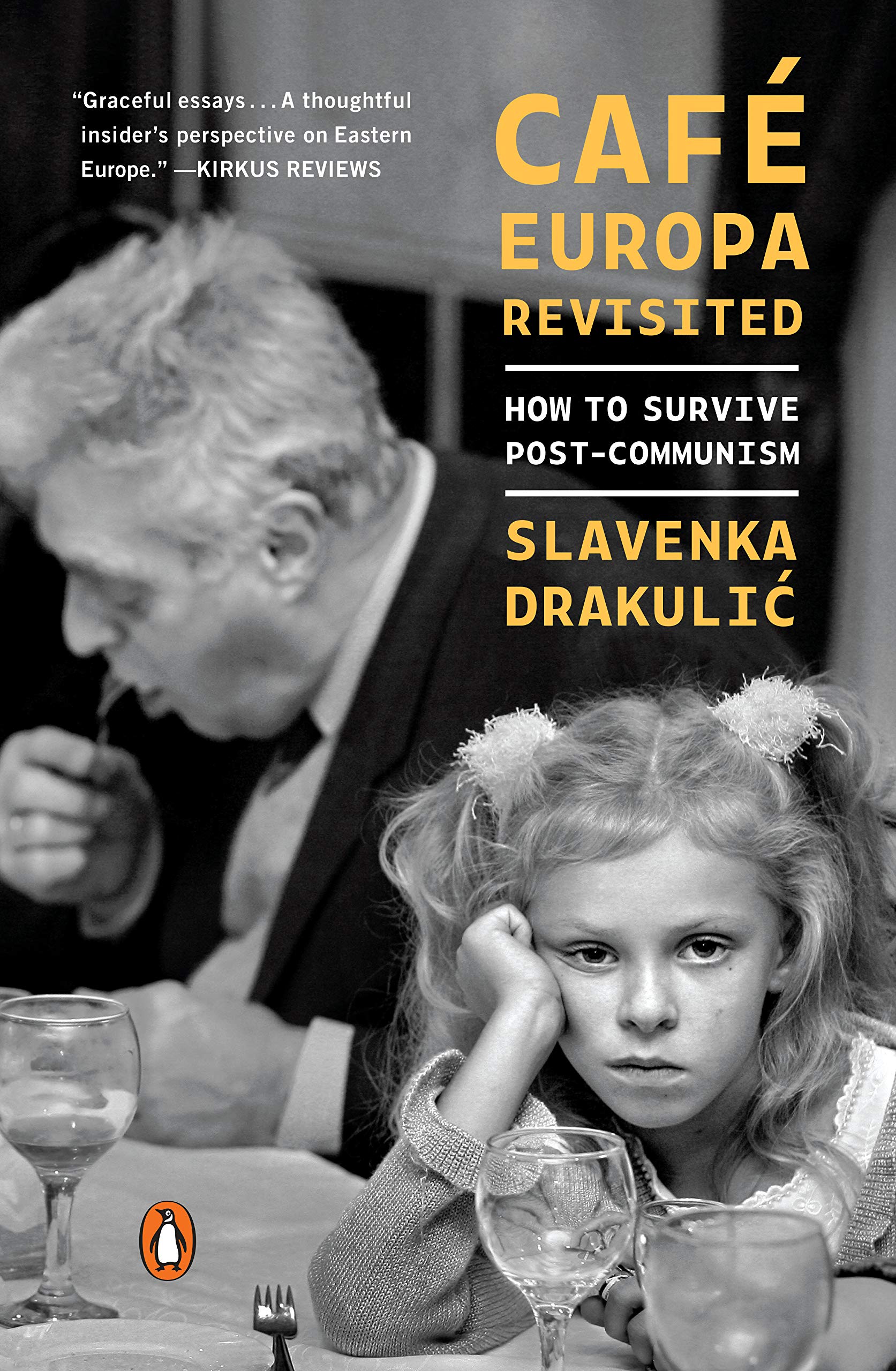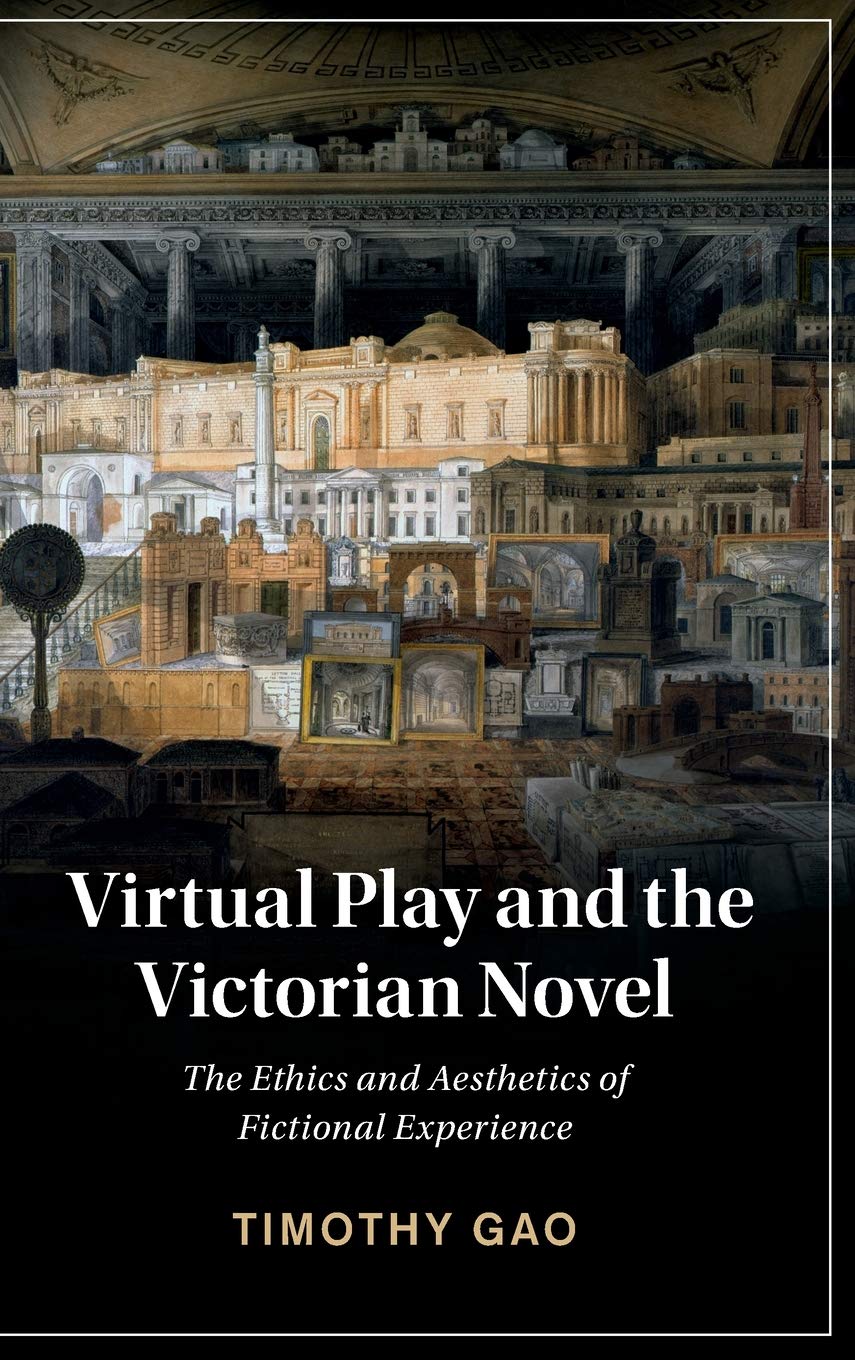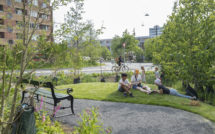
 Hoarding Memory: Covering the Wounds of the Algerian War
Hoarding Memory: Covering the Wounds of the Algerian War
By Amy L. Hubbell
Publisher: University of Nebraska Press
Recommended by Hélène B. Ducros
In her latest book, Amy Hubbell focuses on the mnemonic legacy of the Algerian War, in particular that of war-induced violent trauma. She builds on her previous research investigating how the Pieds-Noirs—or “rapatriés d’Algérie”—have built their identity in France (individually and as a community) around their remembrances of French Algeria (Nostalgeria). Hoarding Memory emanates from the contemporary obsession with documenting the past and speaks to customary debates in memory studies about collective vs. personal recollections or social vs. individual memory, as well as the consequences of memory hypertrophy and fatigue. Drawing on Marc Augé, Pierre Nora, Andreas Huyssen, Tzvetan Todorov, Paul Ricœur, Barbara Kirsheblatt-Gimblett, and others, Hubbell warns of the dangers of “too much memory” in terms of cloisonnement (that keeps traumatic testimonies within specific communities), competing memories (“memory wars”), ambiguous legal frameworks and commemorative policies, and different ways to consume the past.
Much has been written on Pieds-Noirs’ memorial practices, but where Hubbell’s book strikes is in the parallel between compulsive accumulation of memories and dysfunctional material hoarding. The book not only asks how to remember trauma―such as massacres―collectively and individually, but also whether the amassing of testimonies might actually attenuate the brutality of recollected events. In questioning the threshold of “too much memory,” she argues that the incapacity to discard remembrances results in a thick layering leading to memory loss, echoing how a hoarder loses material objects located underneath piles of other objects. In this sense, when it comes to memory, more is less and excess is loss. Centering on the mnemonic strategies of writers Marie Cardinal, Benjamin Stora, and Leïla Sebbar, and artists Nicole Guiraud, Patrick Altes, and Zineb Sedira, she demonstrates how, through repetitive motifs, they each embody facets of hoarding and excessive perception and preservation, from gleaning to churning to layering of “memorial debris” as symbolic relics. From her characters’ intimate autobiographical or fiction literary production and artwork, Hubbell reaches general considerations about the legibility of memory as cultural spectacle, the role of various media in “thick” memory-making, and the ways in which images are selected and (re)circulated to tell trauma. Expressing doubt that memory is well-served by overflowing remembrances, her conceptualization of materialized memory through compulsive hoarding confirms that the wounds of the Algerian War are unhealed, and that while memory is expectedly imperfect and untrue, it is further obscured and hindered by accumulation. Hubbell’s scholarship, at once deeply personal and universal, will interest students and researchers in memory and postcolonial studies, history, and migration studies, also triggering introspection in anyone with a family experience of uprootedness and migration, whether forced or not.
 Café Europa Revisited: How to Survive Post-Communism
Café Europa Revisited: How to Survive Post-Communism
By Slavenka Drakulić
Publisher: Penguin Books
Recommended by Emily Schuckman Matthews
Twenty-five year after publishing Café Europa: Life After Communism (1996), Slavenka Drakulić revisits the topic of life in post-communist Europe in Café Europa Revisited:How to Survive Post-Communism. With her trademark blend of wit and deeply insightful observations, Drakulić takes the reader on a journey through the critical issues facing Europe today. Providing particular insights into/from the post-communist world, Drakulić covers issues ranging from varied food quality between east and west, the persistent legacy of nationalism and xenophobia, gender, EU integration, Brexit, and the role of history, memory and forgetting in Eastern Europe. Drakulić’s insights will be of interest to specialists and generalists alike and would work well in the classroom for students learning about the continued relevance of Europe’s communist past to current day political and social realities.
 Virtual Play and the Victorian Novel: The Ethics and Aesthetics of Fictional Experience
Virtual Play and the Victorian Novel: The Ethics and Aesthetics of Fictional Experience
By Timothy Gao
Publisher: Cambridge University Press
Recommended by Temenuga Trifonova
Timothy Gao’s book opens with a question: “How do we play the Victorian novel?” Approaching the novel as an exceptional medium for artificial realities, Gao proposes an alternative mode of literary engagement, one that cannot be accommodated within orthodox critical approaches to the novel. The book draws on, and builds upon, a tradition of novel practice and criticism that emphasizes imaginative, immersive experience. Analyzing the elaborate construction of imaginary worlds/virtual realities in the work of Anthony Trollope, William Thackeray, Charlotte Brontë, and Charles Dickens, Gao positions the novel within the history and culture of “the virtual,” a philosophical concept that, he argues, precedes its modern digital forms. The study grounds the virtuality of the mid-Victorian novel—its peculiar fictional realities that can be experienced and acted upon—in the virtuality inherent in human memory and perception, insofar as both perception and memory, as Bergson, Deleuze, and Jean-Marie Schaeffer have argued, are never instantaneous but always mediated through our senses, which are themselves mutable, often prompting us to see things that are not there.Challenging the two dominant approaches to literary representation—“the real as actual” (the Platonic copy) and “the ideal as abstract” (the Aristotelian universal)—Gao argues that what made the early novel new and distinctive was its unprecedented “as if” form of fictionality, which “combined plausibility and specificity with nonreferentiality,” seemingly referencing real people, places, and events while, at the same time, refusing to acknowledge any direct correspondences.
Gao inscribes his study in the tradition of experiential criticism, which challenges critical methods of objectivity or detachment in favor of “sympathetic understanding” or “subjective participation,” but he also insists that “subjective participation” does not exhaust the whole range of possible responses—social, ethical, epistemological—that a novel’s fictional reality/virtuality affords. After exploring virtual play as a historical practice of modern make-believe and providing instances of it from the biographical archives of Thomas De Quincey, Anna Jameson, Hartley Coleridge, Thomas Malkin, Charlotte Brontë, and Anthony Trollope, Gao proceeds to re-read familiar elements of the novel like authorship, plot, form, and description through their corresponding components of worldplay (omnipotence, improvisation, emotional attachment, and sensory imagination). Taking seriously the novel’s fascinating capacity for literality and unreality, concreteness and imaginariness, Gao’s captivating study emphasizes the participatory perspective of the virtual and thus the potentially reparative value of the novel’s fictionality, in line with the recent disciplinary shift from “methods of suspicion and demystification to new phenomenologies of agency and possibility.”




